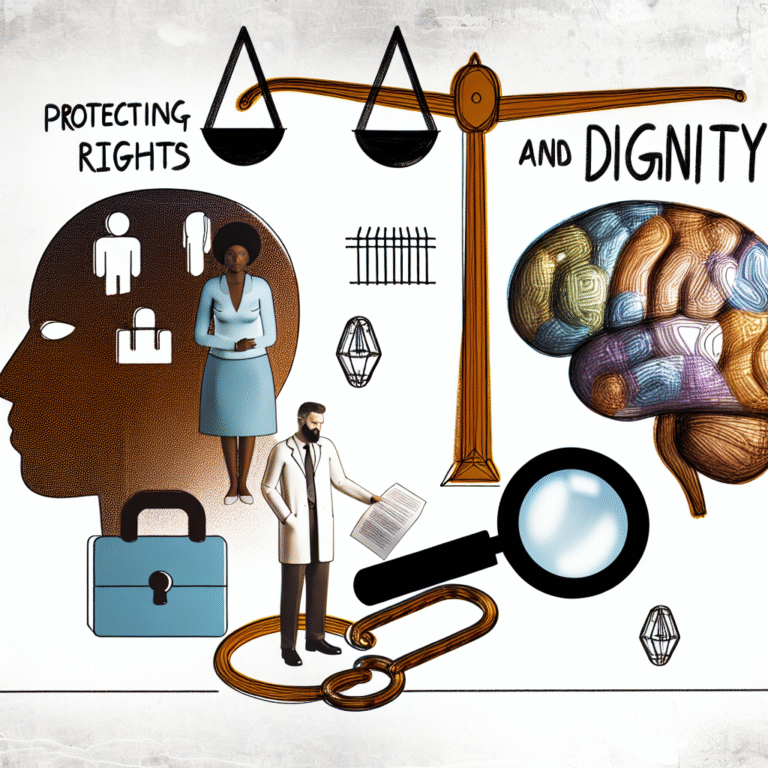Imitation and Influence: How Social Learning Theory Shapes Individual Behavior for Ultimate Growth

Introduction
In our fast-paced, interconnected world, the ability to adapt and learn from others is more crucial than ever. The phenomenon of imitation and influence is not just a superficial act; it forms the cornerstone of much of our social behavior. At the heart of this behavior lies Social Learning Theory, a psychological framework developed by Albert Bandura that emphasizes how individuals learn through observation, imitation, and modeling. This complex interplay of imitation and influence has far-reaching implications, affecting everything from consumer behavior to moral development.
Understanding how Social Learning Theory shapes individual behavior isn’t just an academic endeavor; it’s an essential element of personal and professional growth in today’s society. This article will journey through the mechanisms of imitation, explore significant case studies, and shed light on how we can harness this theory to foster positive changes in our lives.
The Framework of Social Learning Theory
1. The Basics of Social Learning Theory
Albert Bandura introduced Social Learning Theory in the 1960s, revolutionizing the field of psychology by highlighting that learning can occur in a social context without direct reinforcement. The core principles include:
- Attention: Individuals must pay attention to the behavior of others to learn from them.
- Retention: Information is stored in memory for later use, particularly when individuals can recreate the observed behavior.
- Reproduction: The ability to replicate the observed behavior.
- Motivation: The decision to adopt a behavior often depends on anticipated rewards or deterring consequences.
By examining these aspects, we can see how imitation and influence not only shape behaviors but also facilitate cultural transmission.
2. Imitation and Influence in Action
Imitation is a natural part of human behavior. Children mimic their parents and peers, absorbing cultural norms and values. But beyond mere replication, individuals influenced by their social environments also adapt and innovate based on what they observe. This section explores real-world applications of these principles through influential case studies.
Case Study 1: The Bobo Doll Experiment
Conducted by Bandura himself in 1961, the Bobo Doll Experiment highlighted how children imitate aggressive behavior modeled by adults. Children who observed an adult acting violently toward a Bobo doll were more likely to replicate that aggressive behavior when given the opportunity. This study is a seminal example of how imitation and influence can shape aggressive behavior in children and emphasizes the importance of role models in shaping societal norms.
| Group | Action Seen | Response |
|---|---|---|
| Group A | Aggressive | High aggression toward doll |
| Group B | Non-aggressive | Minimal interaction with doll |
Case Study 2: Social Media’s Role in Behavior Shaping
In our digital age, platforms like Instagram and TikTok magnify imitation and influence exponentially. Influencers shape trends, fashion, and behavior among their followers. A 2020 study documented that teenagers who followed health-conscious influencers were significantly more likely to adopt healthier eating habits.
| Influencer Category | Behavior Change | Measured Impact |
|---|---|---|
| Fitness Influencers | Increased exercise participation | 40% increase in gym attendance |
| Food Influencers | Healthier dietary choices | 35% increase in vegetable intake |
3. The Dual Role of Imitation
While imitation holds potential for positive change, it can also perpetuate negative behaviors. Understanding this duality is crucial for fostering an environment that encourages constructive imitation.
Positive Imitation
When positive behaviors are modeled—like acts of kindness or competence in the workplace—individuals typically feel motivated to emulate these actions. For example, organizations that promote mentorship programs see heightened employee performance and morale.
Negative Imitation
Conversely, negative behaviors, including substance abuse or aggression, can also spread through social networks. Addressing this requires proactive measures in education and community programs that promote healthy social dynamics.
Practical Applications of Social Learning Theory
4. Leveraging Social Learning in Educational Settings
Education systems can harness the principles of imitation and influence to enrich learning experiences. By creating collaborative environments, educators can encourage students to learn from each other. Group projects, peer mentoring, and role-playing exercises showcase the effectiveness of Social Learning Theory in education.
5. Empowering Behavioral Change in Organizations
Organizations can implement Social Learning Theory to foster a healthy workplace culture:
- Role Modeling: Leaders can exemplify desired behavior, encouraging employees to follow suit.
- Peer Learning: Enabling employees to share skills can boost collective efficacy and morale.
6. Enhancing Personal Development
From a personal development perspective, individuals can consciously choose role models and environments conducive to positive growth. Engaging with community groups that reflect desired goals—whether fitness, career advancement, or mindfulness—harnesses the power of imitation and influence.
Conclusion
Imitation and influence are powerful forces that shape individual behavior through the lens of Social Learning Theory. Understanding how these dynamics operate allows individuals and organizations to foster environments that promote positive growth and learning. Whether through modeling behaviors, promoting peer interactions, or leveraging the influence of social networks, the potential for improvement lies in our hands.
As you embark on your journey of growth, consider the role of imitation and influence in your life. Choose your models wisely, cultivate positive interactions, and watch as your behaviors and outcomes transform.
FAQs
1. What is the core idea of Social Learning Theory?
Social Learning Theory posits that individuals learn behaviors through observation, imitation, and modeling rather than through direct reinforcement alone.
2. How does imitation affect behavior in children?
Children often imitate the behaviors of adults or peers, shaping their social norms and behaviors. Positive role models lead to constructive behavior, while negative examples can encourage undesirable actions.
3. Can Social Learning Theory apply to adults?
Absolutely! Social Learning Theory is relevant for individuals of all ages. Adults continuously learn from their social environments, whether through workplaces, communities, or online interactions.
4. How can organizations use Social Learning Theory?
Organizations can use Social Learning Theory by fostering environments where employees learn from one another, encouraging mentorship, and modeling desired behaviors at the leadership level.
5. Is imitation always a negative behavior?
No, imitation can be both positive and negative. While it can perpetuate harmful behaviors, it is also a critical mechanism for learning and preventing social isolation, allowing individuals to adopt beneficial behaviors from their peers.
By delving into imitation and influence, we shape not only our own behaviors but also the collective ethos of our communities. Whether you are a teacher, leader, or aspiring individual, the insights gleaned from Social Learning Theory can be a catalyst for meaningful change. The journey of learning through observation is both profound and indispensable in today’s ever-evolving world.

















